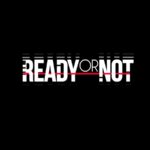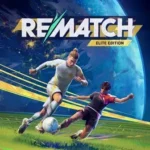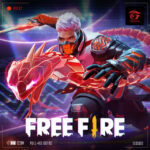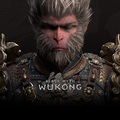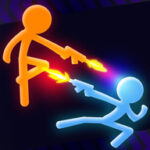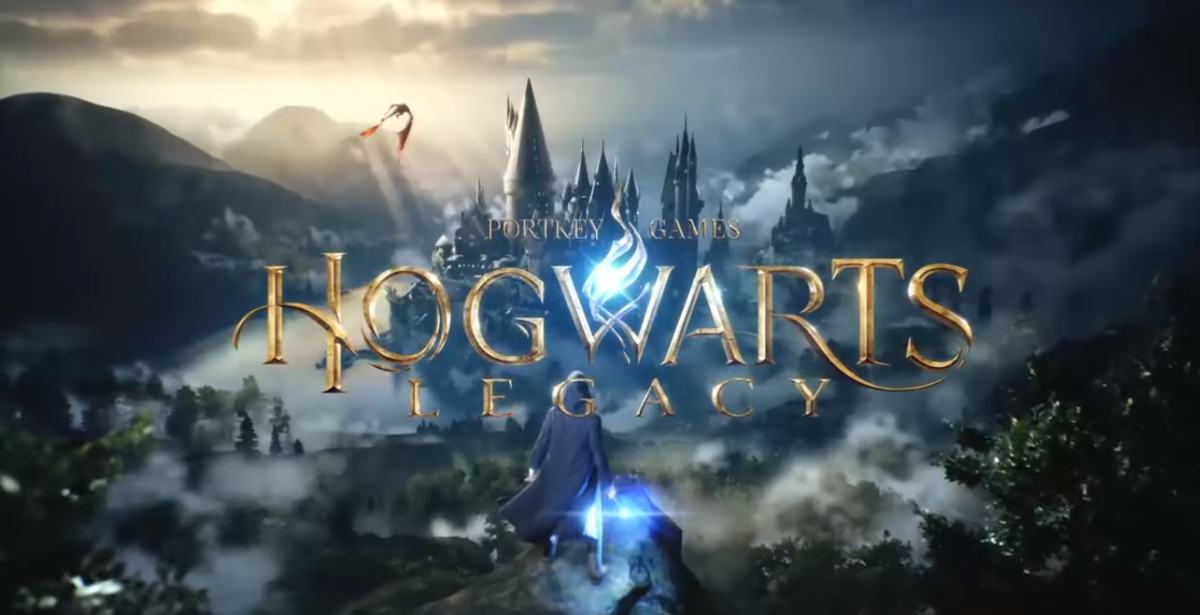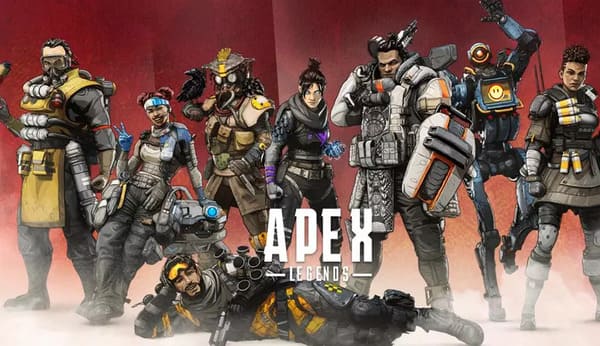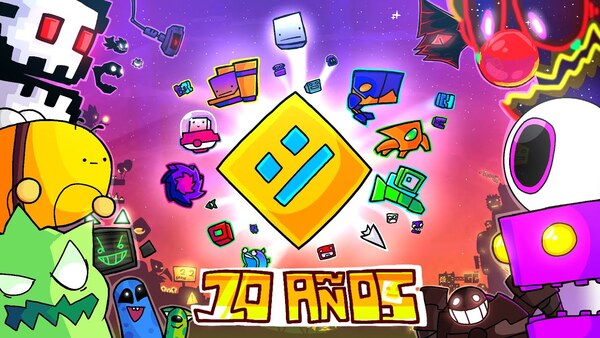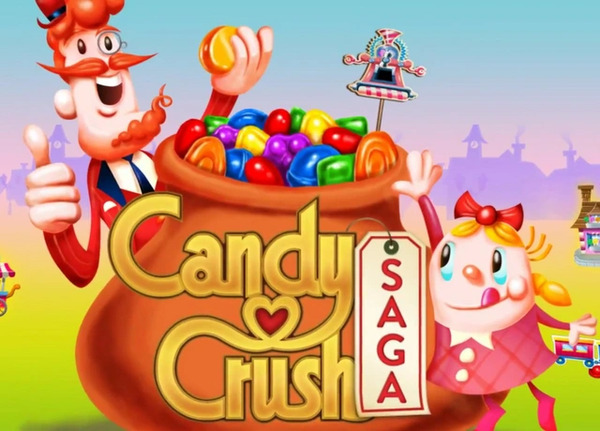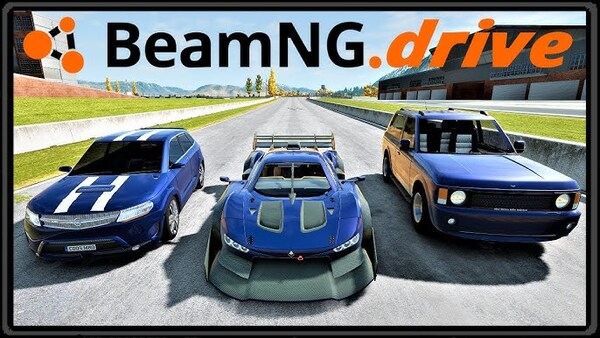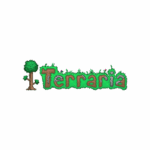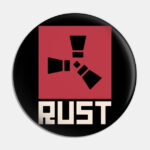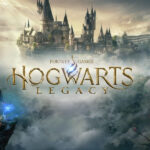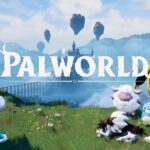Minecraft – The Infinite World of Creativity, Survival, and Imagination
1. Introduction: What is Minecraft?
Minecraft, developed by Mojang Studios and officially released in 2011, is more than just a video game—it's a cultural and creative phenomenon. Known for its iconic blocky visuals, sandbox gameplay, and limitless creativity, Minecraft offers players the tools to explore, build, survive, and create anything they can imagine.
Whether you're mining for diamonds deep underground, building a castle in the sky, or fighting off zombies at night, Minecraft is a virtual world limited only by your imagination.
2. The Origins and Evolution of Minecraft
Minecraft began as an indie project by Markus Persson (Notch) in 2009. It gained rapid popularity for its unique blend of exploration, crafting, and survival mechanics, even before its official release.
Key Milestones:
-
2009: First alpha release
-
2011: Official launch at Minecon
-
2014: Microsoft acquires Mojang for $2.5 billion
-
2020+: Over 200 million copies sold, making it the best-selling game in history
Over time, Minecraft evolved from a simple survival sandbox into a global platform for education, art, multiplayer communities, and storytelling.
3. Game Modes: Different Ways to Play
Survival Mode
-
Gather resources, build shelter, and defend against monsters.
-
Hunger, health, and death add stakes to gameplay.
Creative Mode
-
Unlimited blocks and flight enable pure creation.
-
Perfect for building cities, redstone machines, or entire fantasy worlds.
Adventure Mode
-
Created for custom maps and story-based gameplay.
-
Players interact with pre-designed worlds with set rules.
Hardcore Mode
-
One life only. Once you die, your world is permanently deleted.
Minecraft supports both single-player and multiplayer modes across all these variants.
4. Exploration and World Generation
Minecraft’s procedural world generation creates virtually infinite worlds, with:
-
Mountains, oceans, caves, and forests
-
Villages, temples, dungeons, and strongholds
-
Unique biomes like savannas, tundras, jungles, and mushroom islands
Each world is unique and filled with surprises, offering players a true sense of discovery every time they start a new game.
5. Crafting, Mining, and Building
At its core, Minecraft revolves around three pillars:
Mining
-
Dig for coal, iron, diamonds, and more
-
Delve into caverns and abandoned mineshafts
Crafting
-
Use a crafting table to create tools, weapons, armor, food, and machines
-
Recipes combine simple resources into complex items
Building
-
Build homes, monuments, rollercoasters, or pixel art
-
Utilize hundreds of block types including wood, stone, concrete, and glass
The possibilities are endless and are only expanded by redstone, Minecraft’s version of in-game electricity and automation.
6. Mobs and Combat
Minecraft includes both friendly and hostile creatures, known as mobs:
Hostile Mobs
-
Zombies, skeletons, creepers, spiders
-
Blaze and Wither Skeletons in the Nether
-
Endermen and the Ender Dragon
Friendly Mobs
-
Villagers, cows, pigs, chickens, cats, wolves
-
Bees and axolotls introduced in later updates
Combat has evolved over time, with enchantments, potions, and shields adding depth to survival and PvP gameplay.
7. The Nether and The End Dimensions
Beyond the Overworld lies two powerful and dangerous realms:
The Nether
-
A fiery, hell-like dimension
-
Features fortresses, piglins, and rare materials like Netherite
The End
-
Home of the Endermen and the Ender Dragon
-
Defeating the dragon is the game's primary “end goal”
Reaching these dimensions adds a long-term progression element to Minecraft’s open-ended gameplay.
8. Multiplayer and Servers
Minecraft shines in multiplayer, where players collaborate or compete:
-
Public servers host custom mini-games, factions, roleplay, and survival worlds
-
Realms are official private servers run by Mojang
-
LAN play and private servers allow local or hosted games with friends
Popular multiplayer modes include:
-
Skyblock
-
Bed Wars
-
Hunger Games
-
Parkour maps
-
Roleplay servers
The community-driven aspect of Minecraft multiplayer has created an entire ecosystem of player-generated content and culture.
9. Modding, Custom Maps, and Education
Minecraft’s openness has led to a thriving modding and custom content scene:
-
Mods can add new creatures, tools, mechanics, or even complete overhauls
-
Texture packs and shaders upgrade the visual style
-
Adventure maps deliver story-based experiences and challenges
Additionally, Minecraft: Education Edition is used worldwide in classrooms to teach:
-
Programming and logic (with redstone and commands)
-
History and architecture
-
Teamwork and problem-solving
Minecraft is not just entertainment—it's a tool for learning, creativity, and innovation.
10. Community and Cultural Impact
Minecraft has become more than a game—it’s a global brand and community:
-
Millions of content creators on YouTube and Twitch
-
Iconic moments in gaming culture (Herobrine, Let’s Plays, speedruns)
-
Crossovers with franchises like Star Wars, Sonic, and Adventure Time
-
Annual Minecraft Live events with community votes and previews
-
Over 100 million monthly active players
It has inspired novels, merchandise, toys, spin-offs (Minecraft Dungeons, Minecraft Legends), and even Netflix series.
Minecraft empowers players of all ages to be creators, not just consumers—and that's the magic.
Final Verdict: A Timeless Sandbox Masterpiece
Minecraft is the ultimate sandbox game—offering freedom, exploration, survival, and creativity like no other. Whether you want to slay dragons, build a futuristic city, explore ancient temples, or just farm with friends, Minecraft lets you play your way.
It’s a timeless, generation-spanning experience that continues to evolve and inspire, over a decade after its release.






